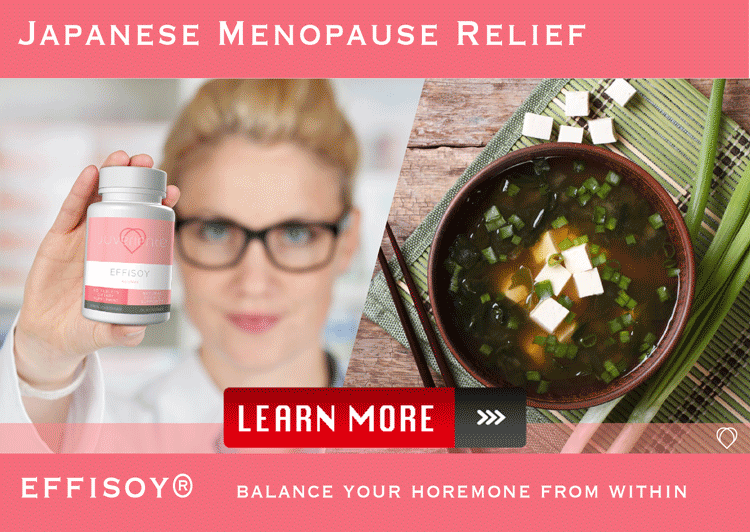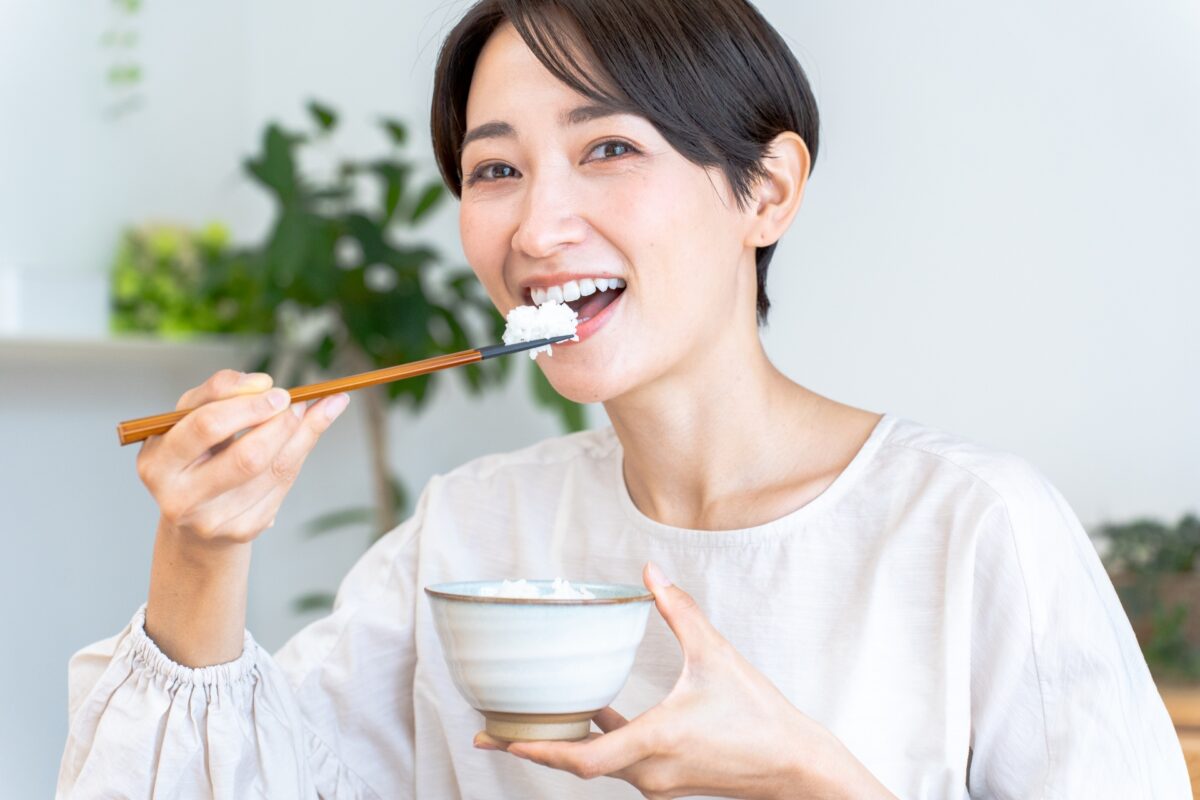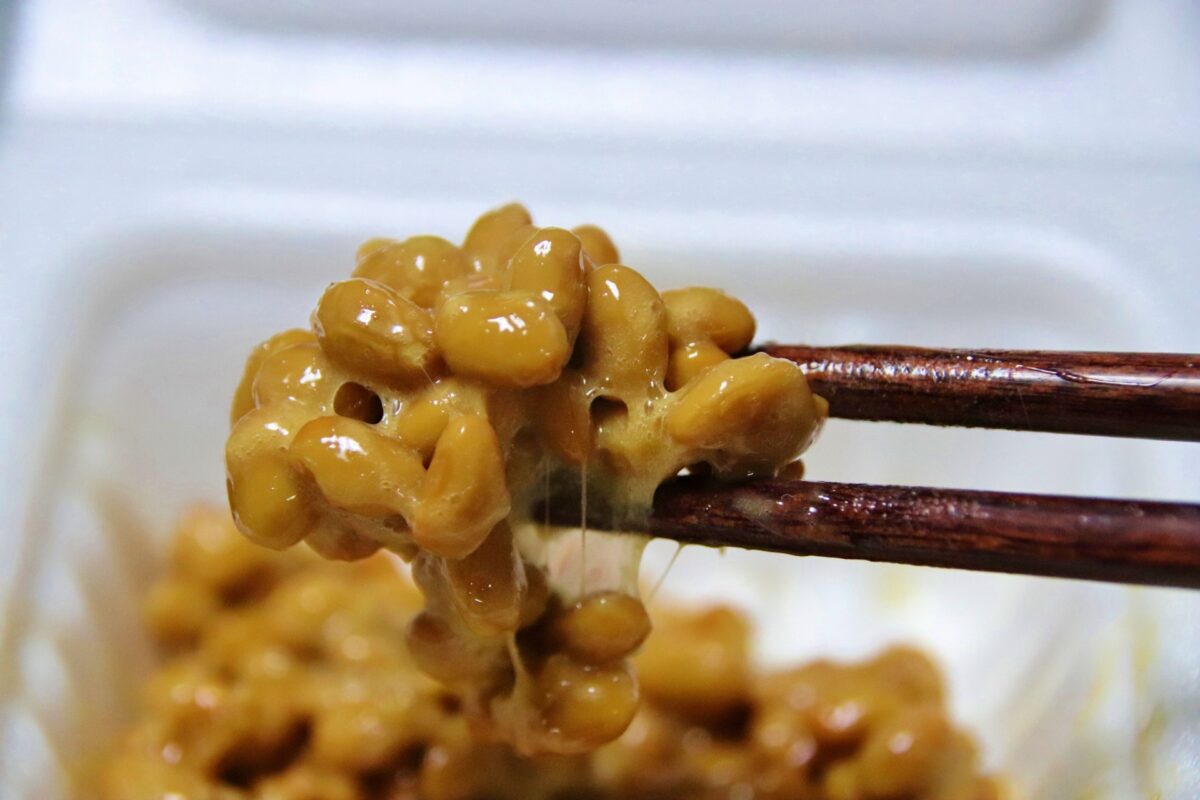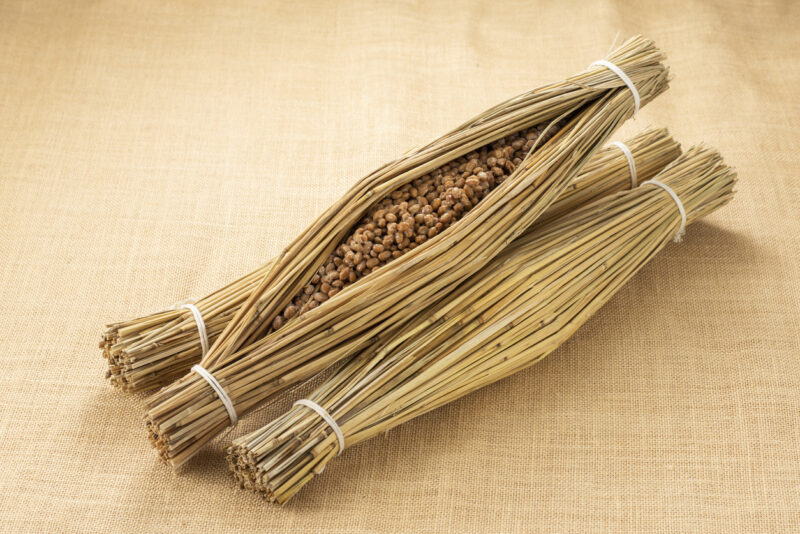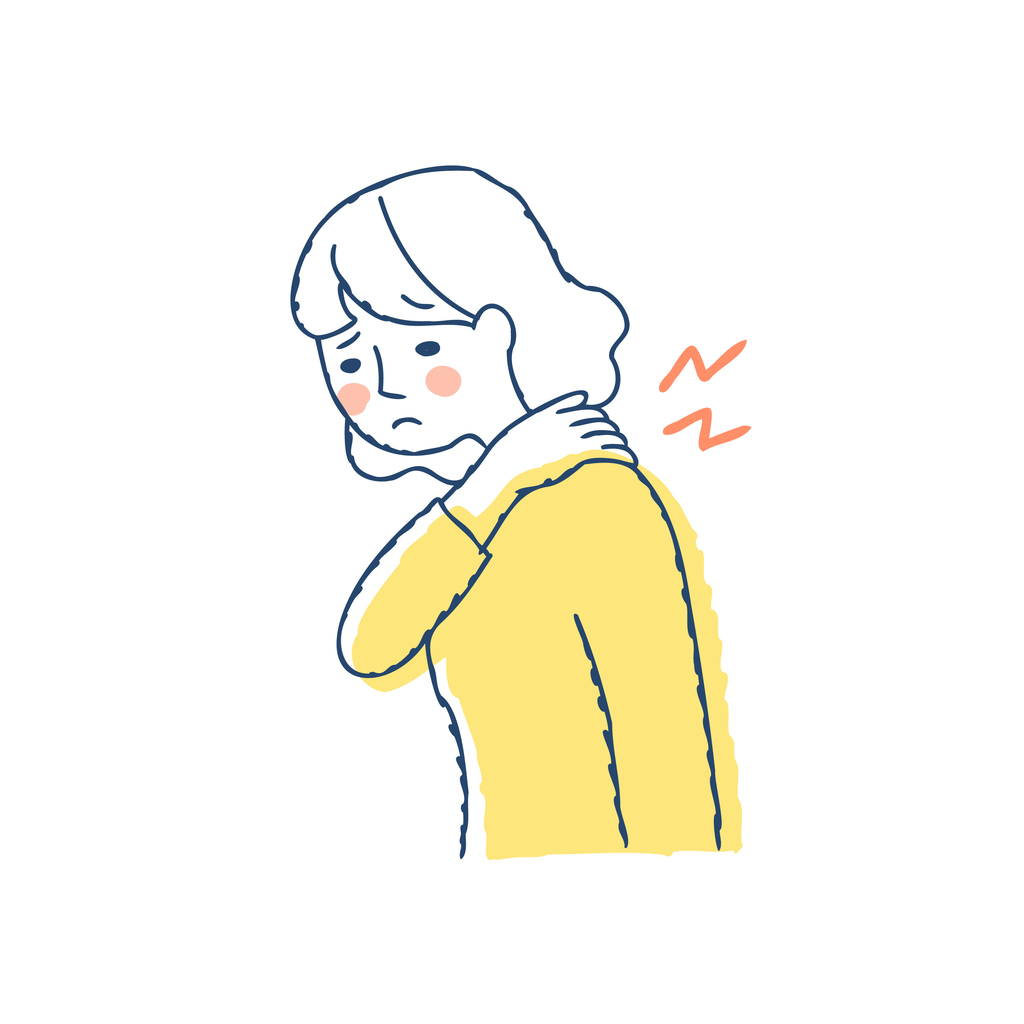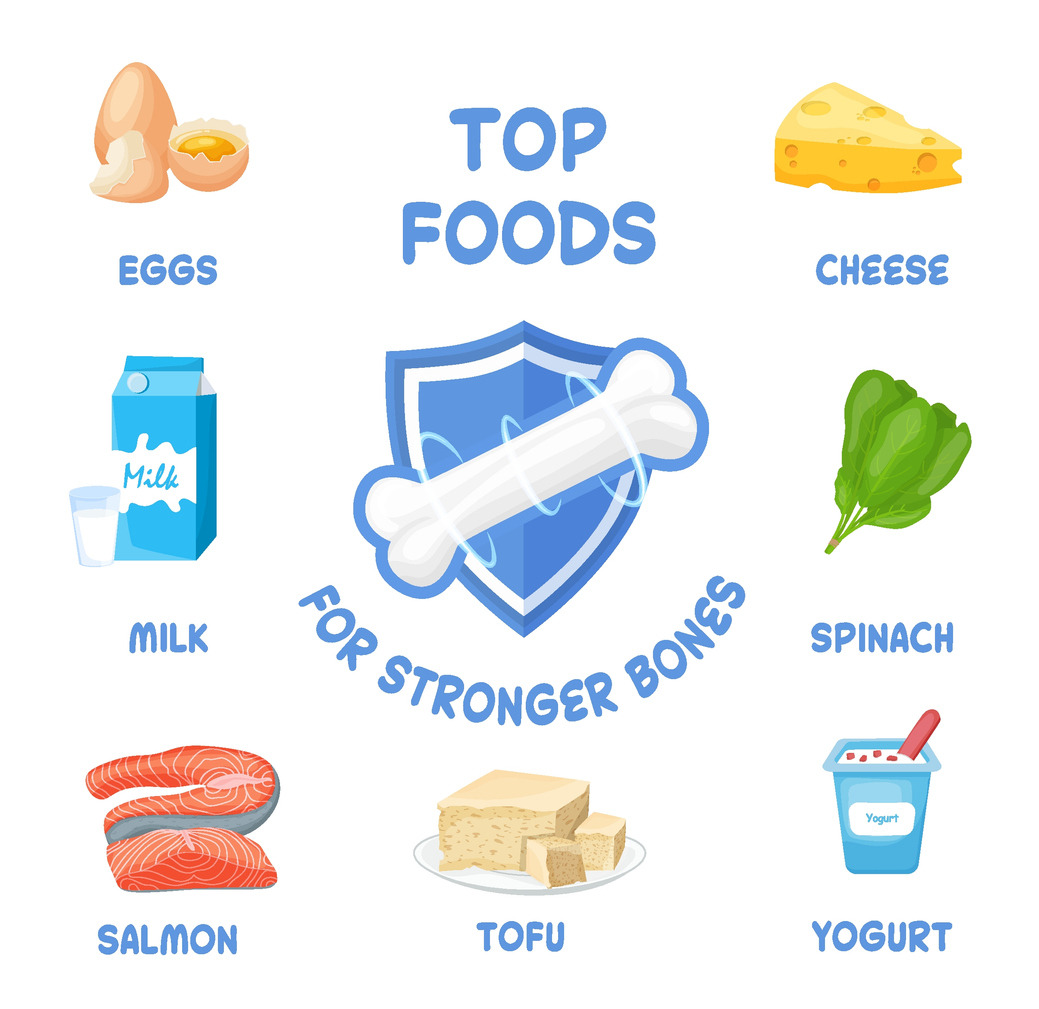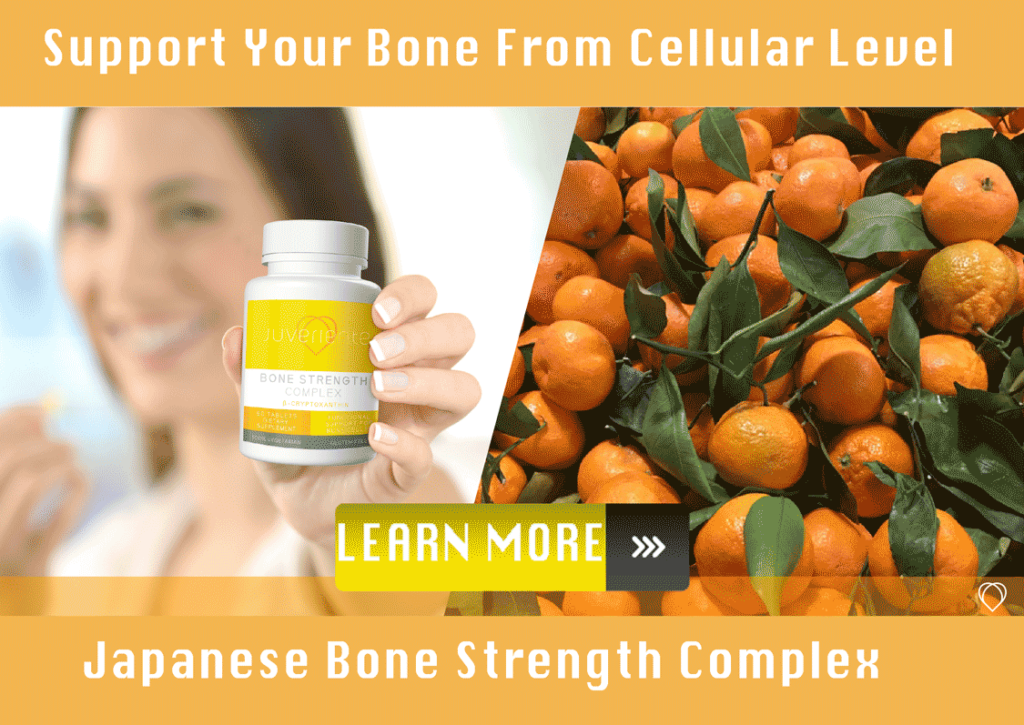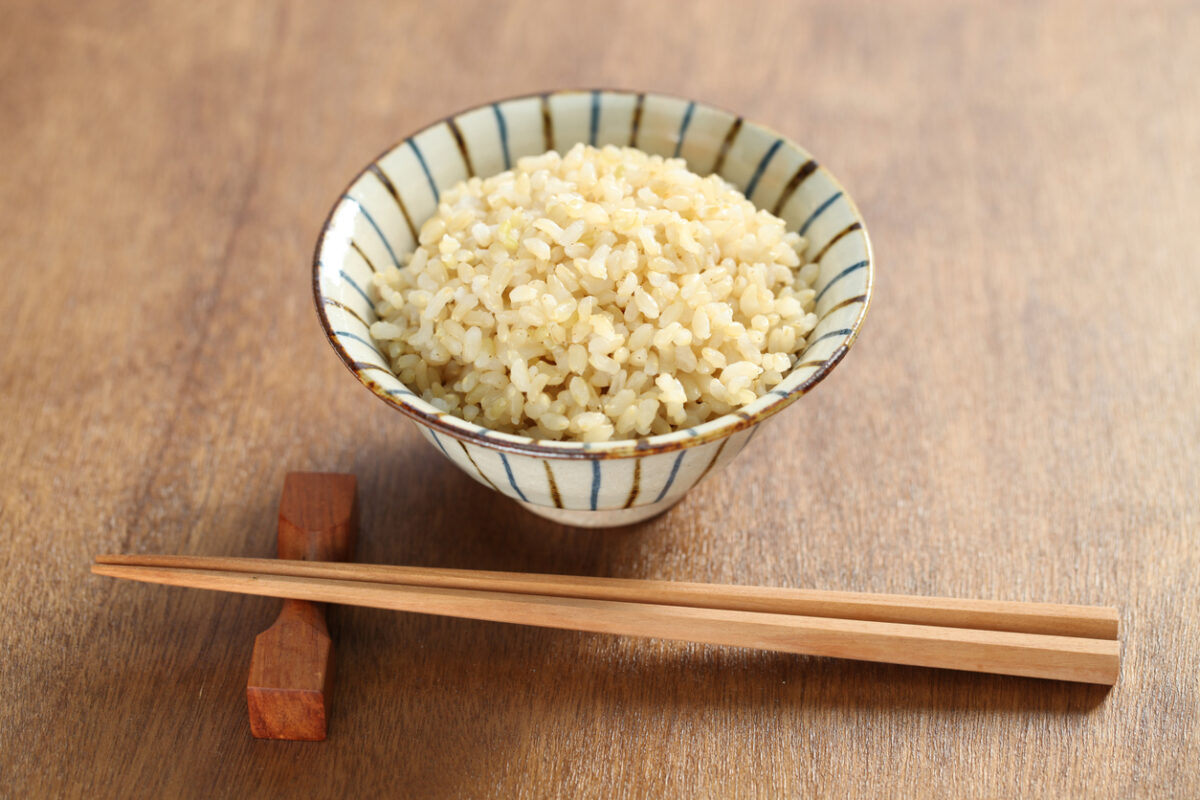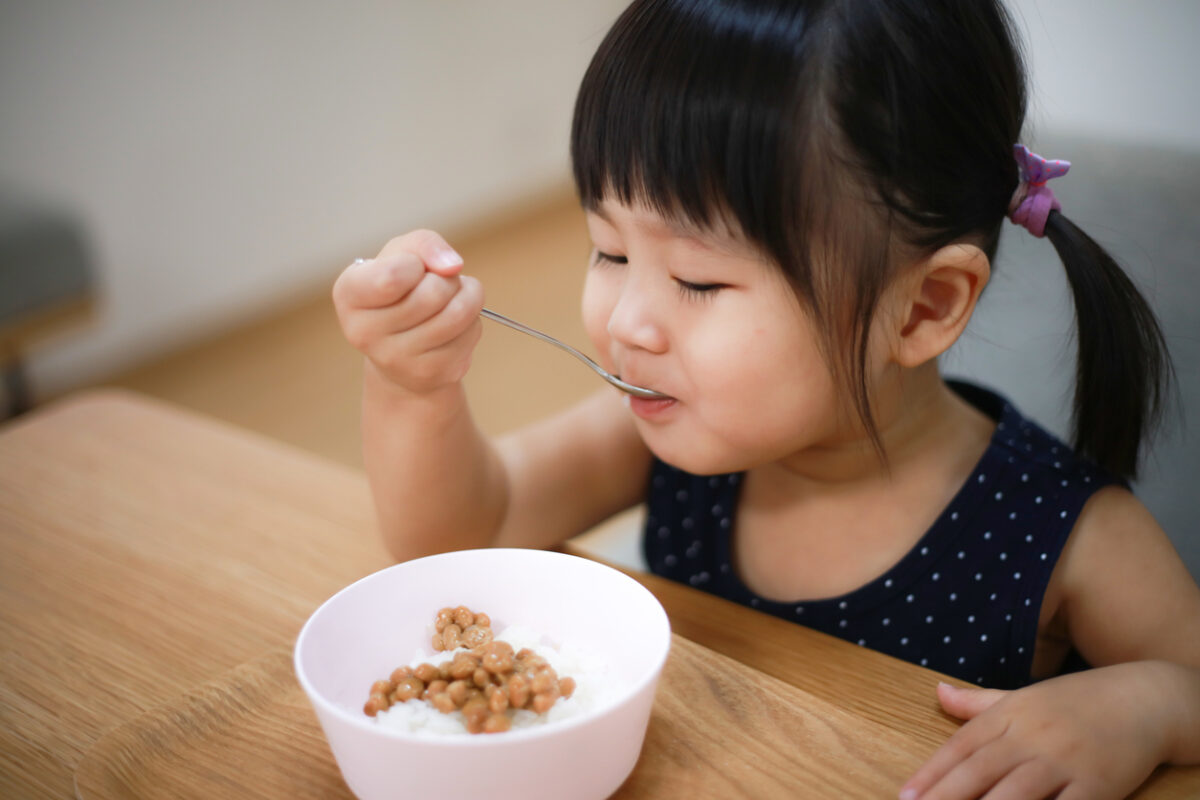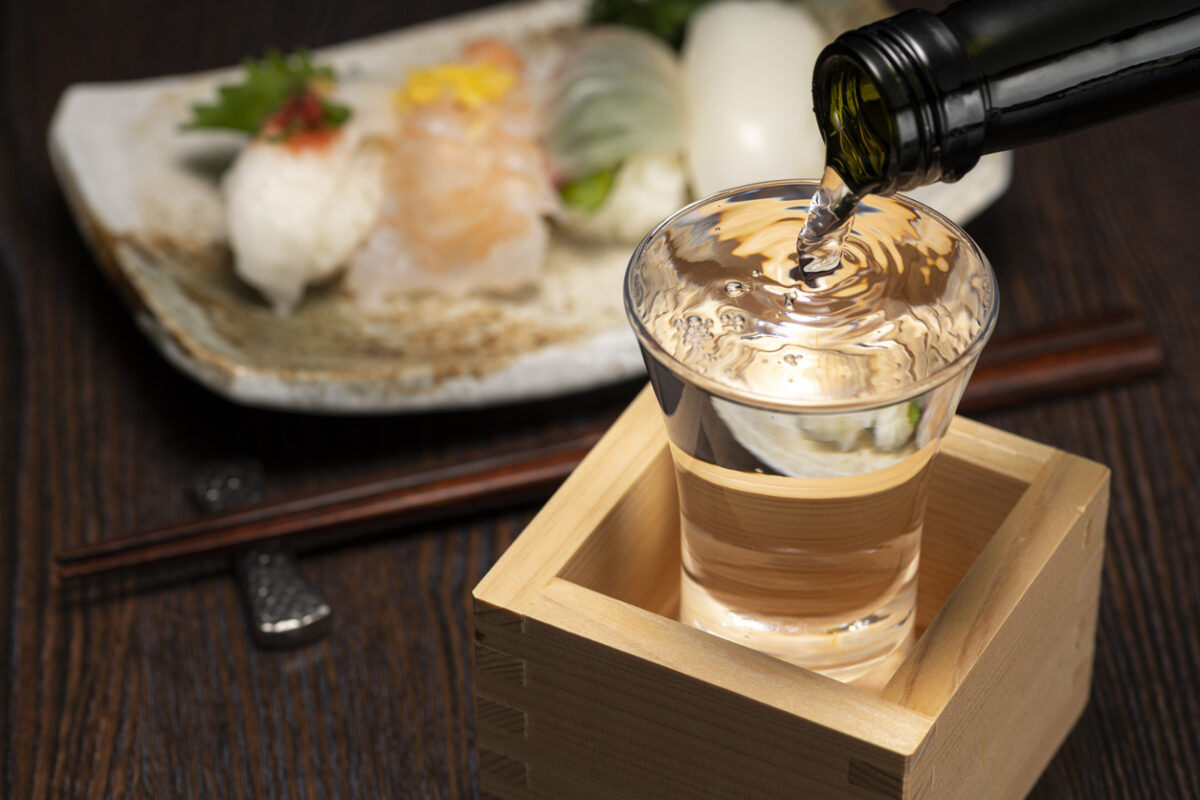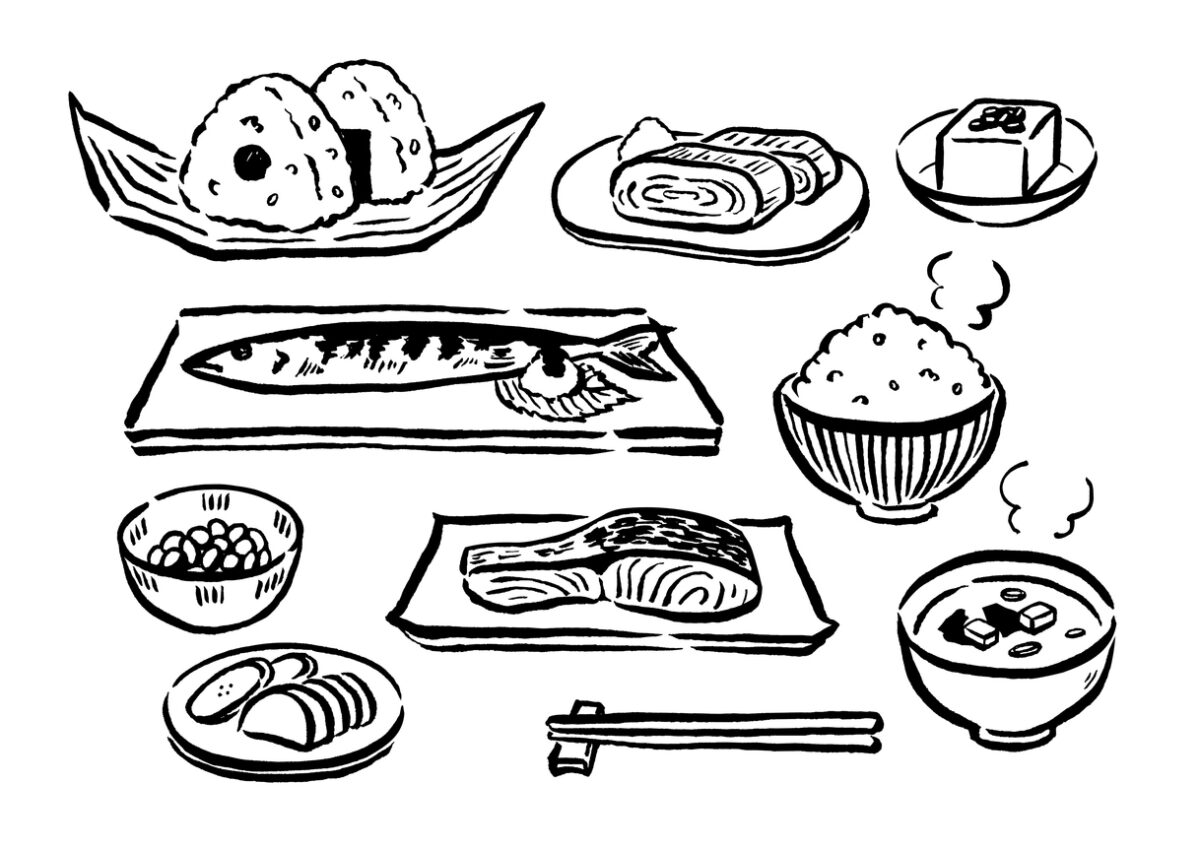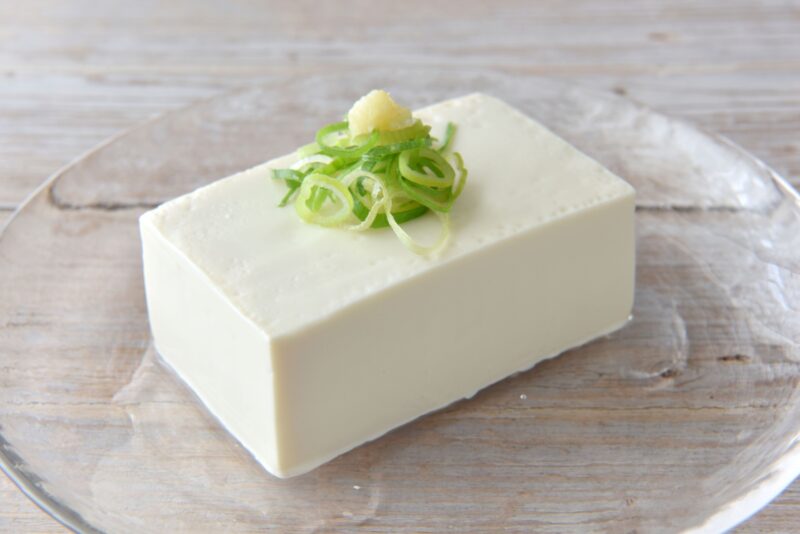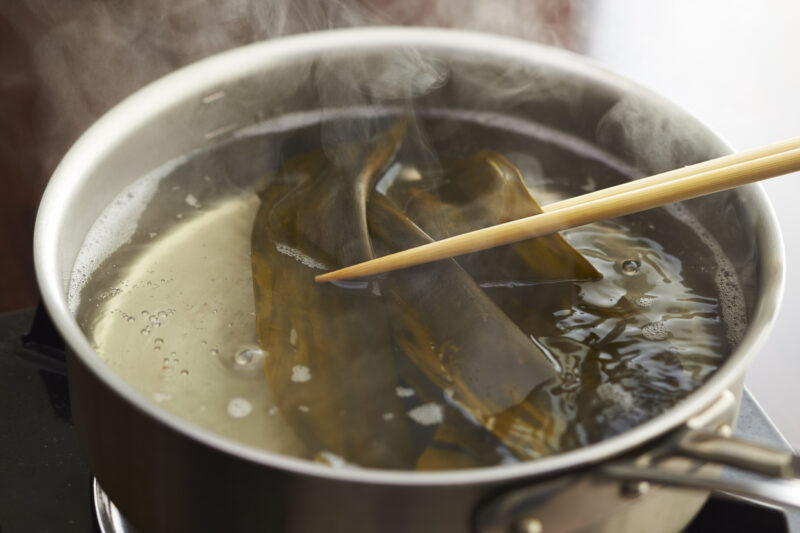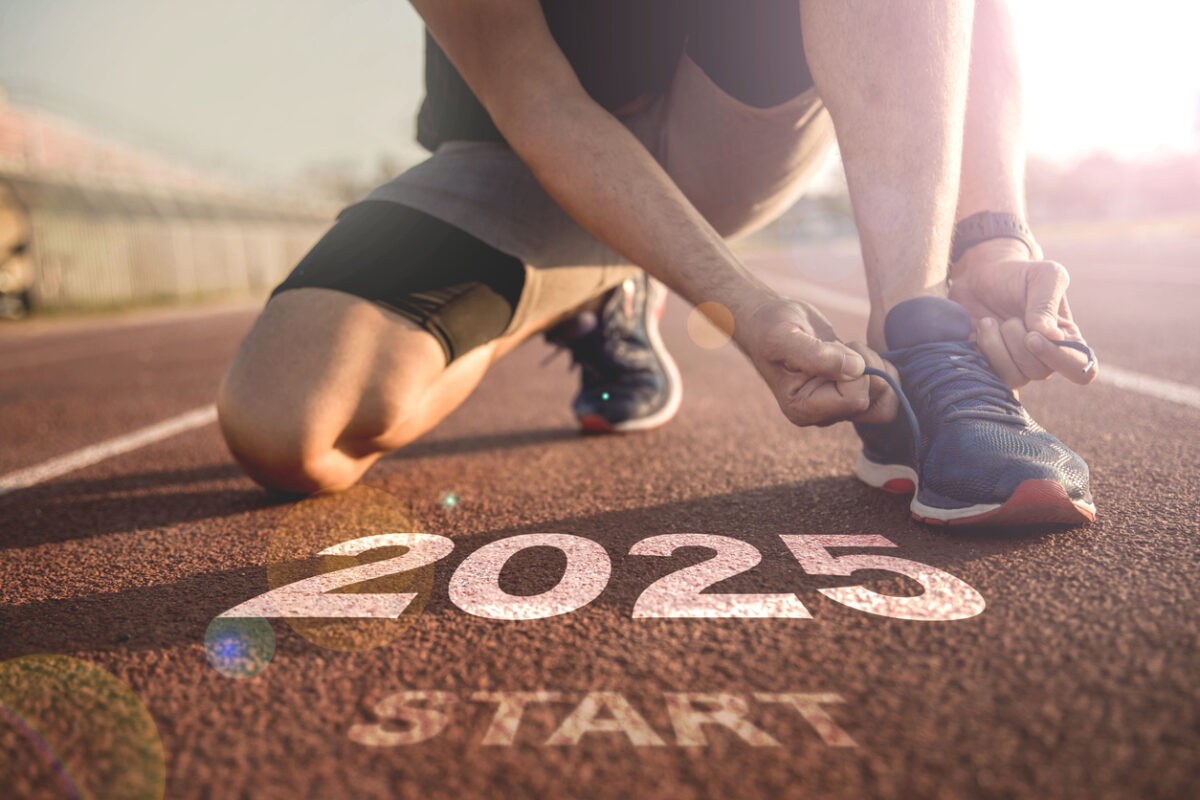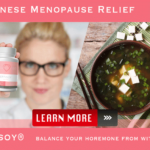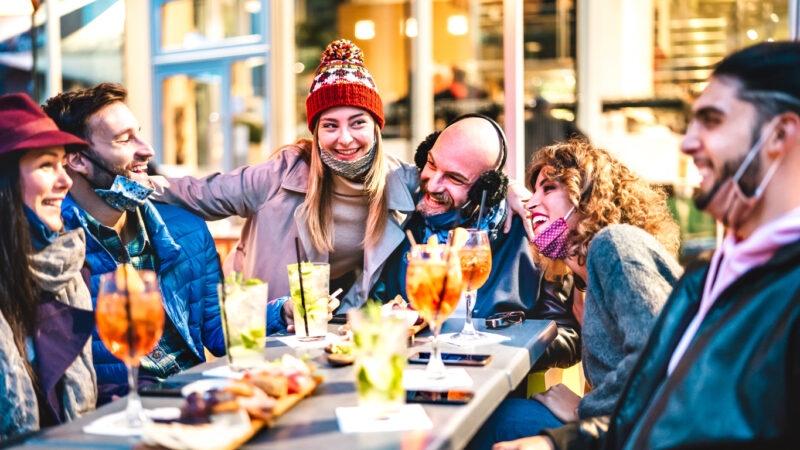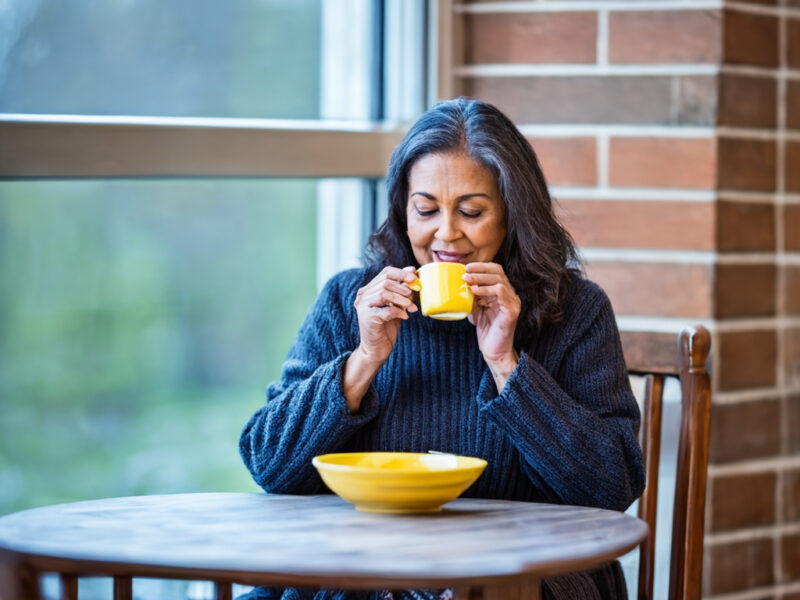Rice is one of the most widely consumed foods in the world, but its health effects often spark debate. Is rice healthy or not? To answer this question, we turn to Japan, where rice is a dietary staple and the population boasts incredible longevity, low obesity rates, and overall excellent health. Let’s explore the role of rice in the Japanese diet and the secrets behind its health benefits.
Why Rice is a Staple Food in Japan’s Longevity-Focused Diet
The Cultural and Historical Importance of Rice
In Japan, rice isn’t just food; it’s a cornerstone of the culture. For centuries, rice has been a symbol of prosperity and health. The Japanese word for cooked rice, “gohan,” also means “meal,” underscoring its central role in daily life. Traditional meals like “washoku” are built around rice, accompanied by small portions of fish, vegetables, and fermented foods.
Rice as Energy Fuel
Rice provides a quick and steady source of energy. Its primary component, carbohydrates, is essential for powering daily activities. Unlike processed carbs, Japanese rice, especially short-grain varieties like japonica rice, is often consumed in minimally processed forms, retaining more of its natural nutrients.
The Nutritional Profile of Rice: Carbs, Fiber, and More
Nutritional Benefits of Rice
Rice is low in fat and sodium, making it a heart-friendly food. It also contains essential nutrients such as magnesium, phosphorus, and B vitamins. These support muscle function, energy production, and overall health.
White Rice vs. Brown Rice
While white rice is more common in Japan, brown rice is gaining popularity for its higher fiber content and lower glycemic index. Brown rice helps regulate blood sugar levels and promotes digestion. Both types have their place in a balanced diet, but the key lies in how they are consumed.
For more on the nutritional comparison of rice varieties, visit Harvard T.H. Chan School of Public Health.
How Japanese People Balance Rice with Other Healthy Foods
A Balanced Meal Structure
In Japanese cuisine, rice is rarely eaten alone. Instead, it pairs with nutrient-dense foods like fish, tofu, seaweed, and vegetables. This combination ensures meals are balanced in protein, healthy fats, and fiber.
The Role of Portion Control
One secret to rice’s healthiness in Japan lies in portion sizes. Rice bowls are typically small, limiting calorie intake. Paired with other foods, it becomes part of a satisfying yet moderate meal.
Is Rice Making You Gain Weight? The Truth About Rice and Obesity
Understanding the Myths
Rice often gets blamed for weight gain due to its carbohydrate content. However, in Japan, where rice consumption is high, obesity rates remain remarkably low. This can be attributed to balanced diets, portion control, and active lifestyles.
Avoiding Unhealthy Pairings
To maximize rice’s health benefits, it’s important to avoid unhealthy pairings like fried foods or sugary sauces. Instead, pair rice with lean proteins and vegetables to create a nutrient-rich meal.
Tips for Choosing and Cooking Healthier Rice Options
Opt for Whole-Grain Varieties
Whenever possible, choose whole-grain options like brown rice or mixed-grain rice. These offer more fiber, vitamins, and minerals than refined white rice.
Cooking Techniques Matter
The way rice is cooked can also impact its health benefits. Rinsing rice before cooking removes excess starch, making it easier to digest. For added nutrition, consider steaming rice with a mix of grains or seeds.
Where to Buy High-Quality Japanese Rice
For authentic Japanese rice, visit Asian grocery stores or online retailers specializing in Japanese ingredients. Always check labels for origin and variety to ensure quality. Some recommended sources include Mitsuwa Marketplace and Yamibuy.
For more tips on selecting rice, check out this guide.
Conclusion: Is Rice Healthy or Not?
Rice, when consumed as part of a balanced diet, is undeniably healthy. The Japanese diet offers a perfect example of how to enjoy rice in a way that promotes longevity and health. By pairing rice with nutrient-dense foods, controlling portions, and choosing high-quality varieties, you can make rice a beneficial part of your diet. Learn from the Japanese, and you’ll see that rice can indeed be a key to a healthy and fulfilling lifestyle.
Take the benefit of Miso, the Essential partner of Rice in Japan
When you see the health benefits of rice, the other thing you can’t overlook is its essential partner, Miso Soup. Miso is fermented soy bean and it’s also been a staple for Japanese people.
Juveriente®’s Effisoy, launched in 2016, based on fermented soy bean germ extract has been loved as a natural menopause relief since its launching in 2016.
Its primary function is to boost the weakened synthesis of a hormone precursor, DHEA. It helps the precursor, DHEA. Rebalancing the precursor will eventually recover your hormones in line with your natural balance. It will help you refresh your various functions for your beauty.
Here are some of the real product reviews in our Amazon shop.
“Restful sleep finally!!”, “I Am Now Free of Hot Flashes!!”, “Lifesaver”
